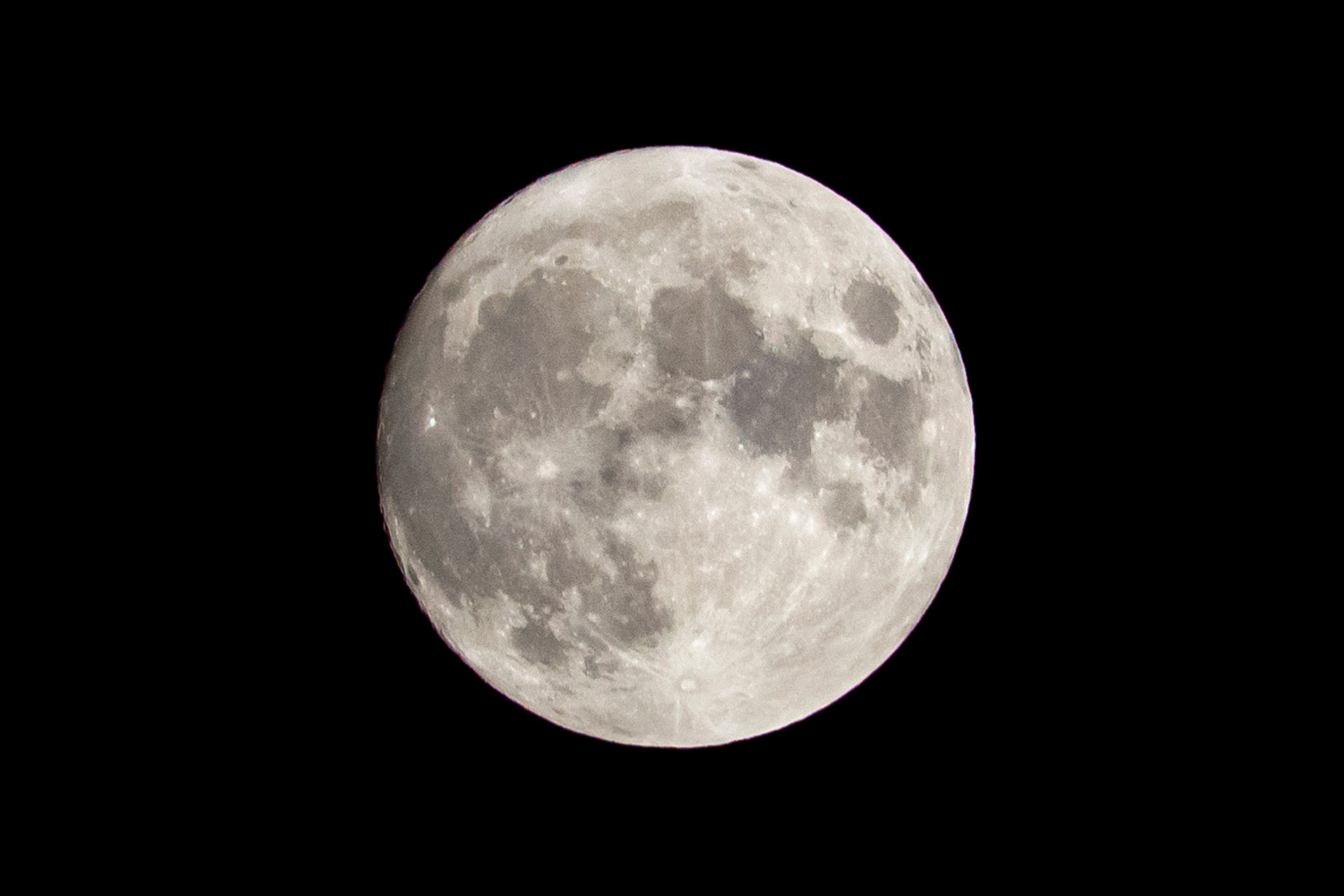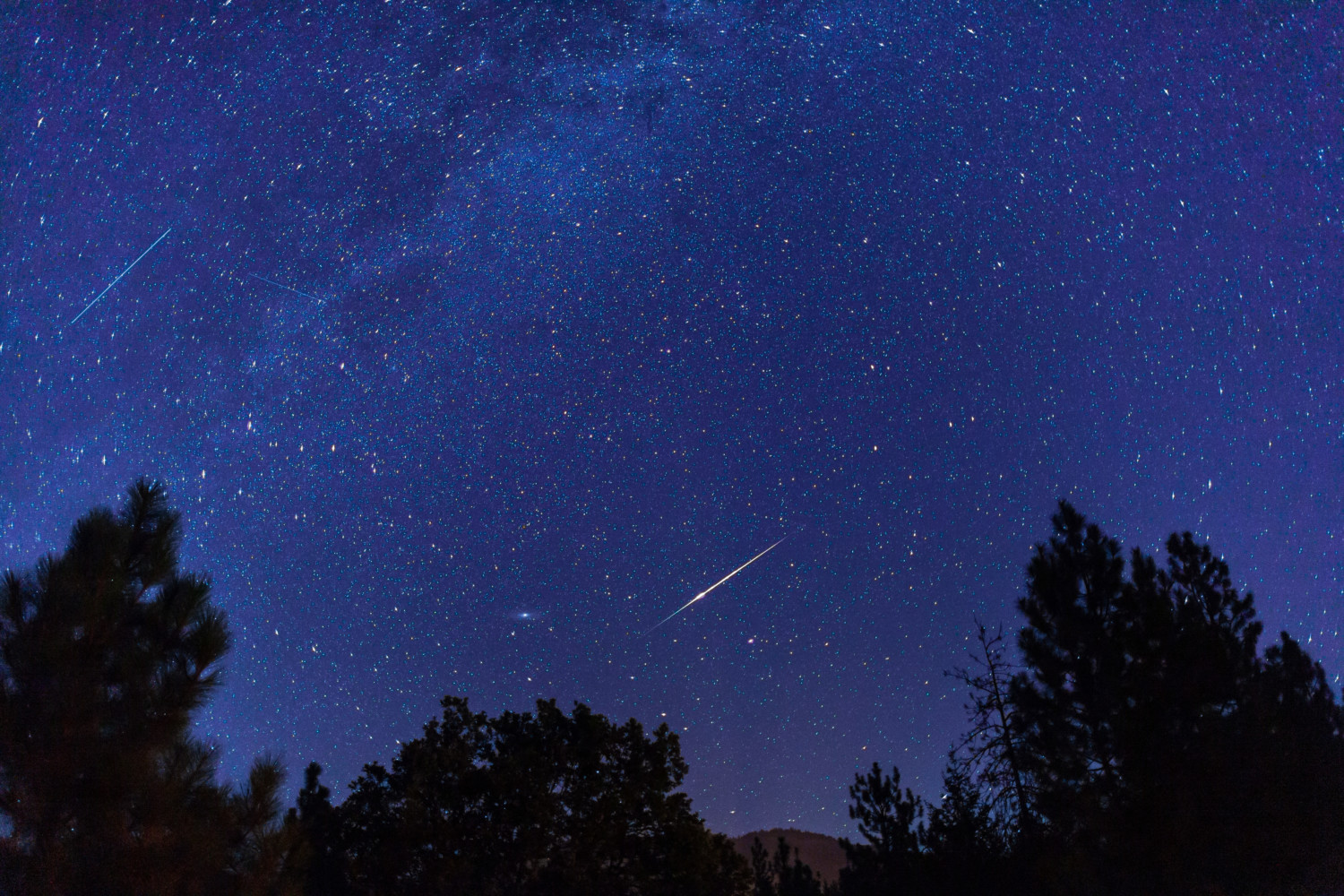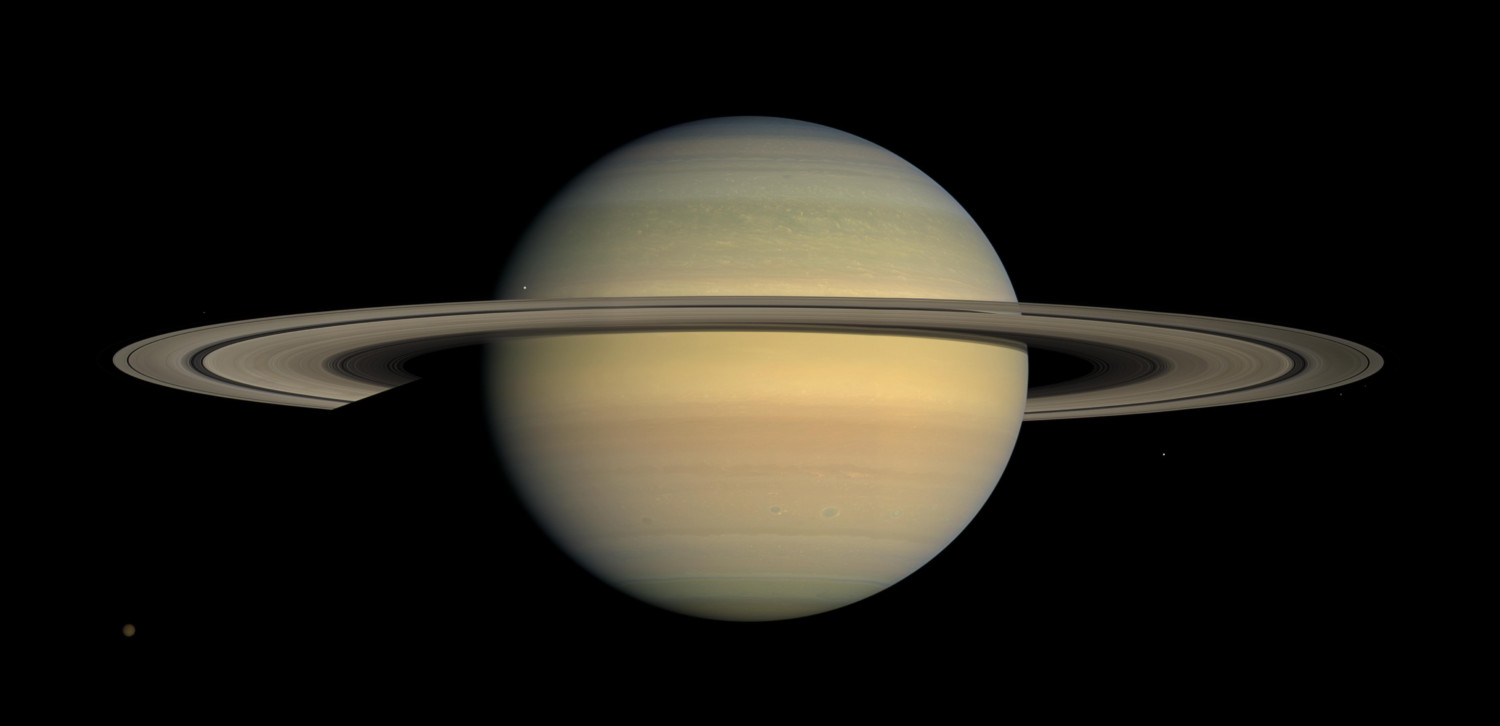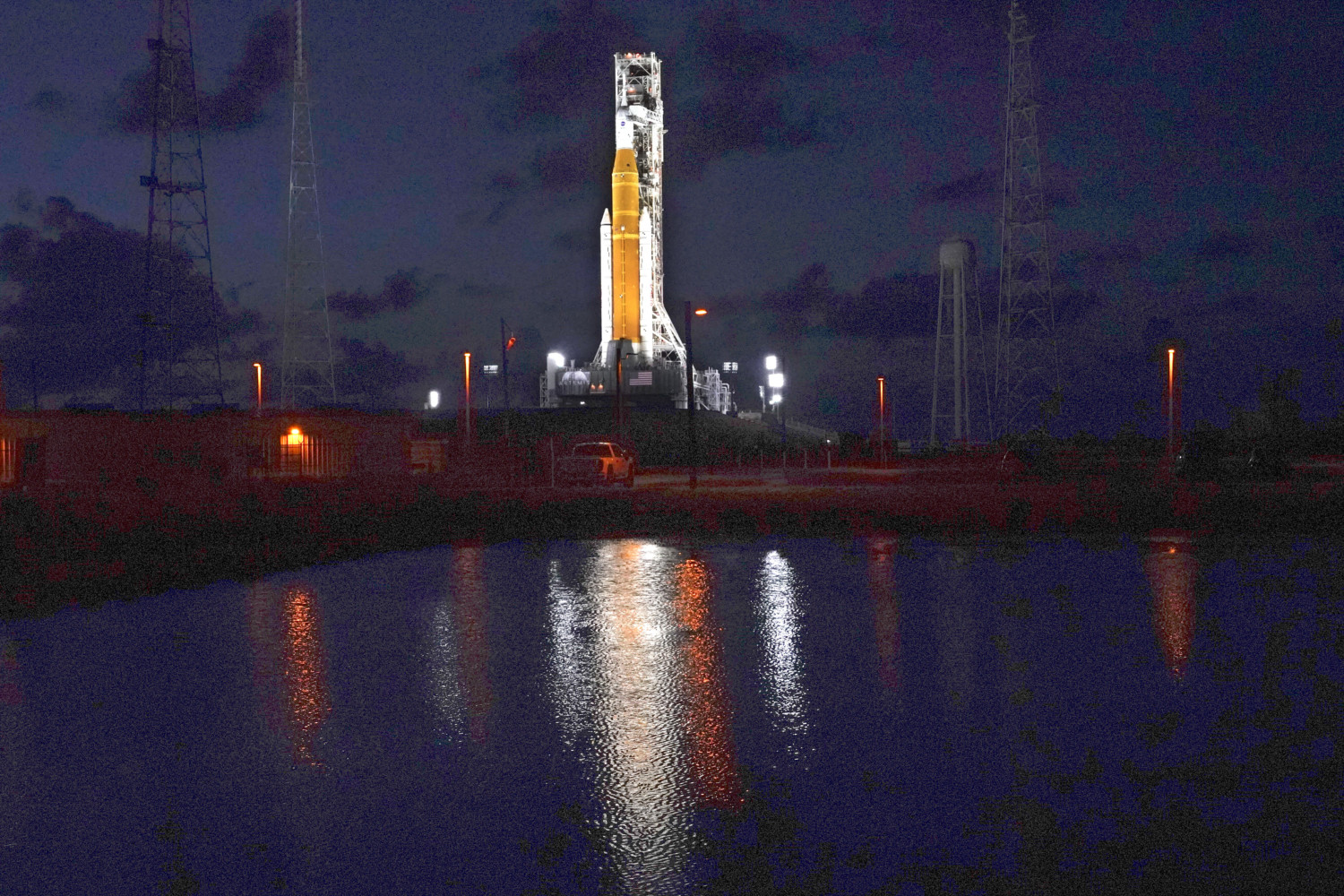The summer season is always an exciting time for stargazers, sky watchers and space lovers because the warmer nights make it that much easier to sit outside and enjoy the celestial skies.
This year, anyone who looks up in August will have a chance to spot the Sturgeon Moon, the Perseid meteor shower, and Saturn at opposition. As a bonus, two different moon missions are launching this month.
Here are the astronomical events you’ll want to see in August 2022.
Sturgeon Moon Is The Last Supermoon Of 2022
The August full moon is also known as the Sturgeon Moon, and it will appear on Aug. 11 at 9:36 p.m. ET. Although the official full moon is Thursday night, the Sturgeon Moon will still appear full Wednesday and Friday nights, too.
If the full moon looks a little larger those nights, it’s because the Sturgeon Moon is the fourth and final supermoon of the year — May, June and July also had supermoons.
A supermoon occurs when the full moon is at its perigee, the closest point in its orbit to Earth. Supermoons appear slightly larger and brighter than a typical full moon, but the differences are indistinguishable to the naked eye.
The Sturgeon Moon gets its name from the tradition of Native Americans, who more easily caught sturgeon fish from the Great Lakes during this time of year.
A sturgeon is a prehistoric-looking fish whose origins can be traced back to the Jurassic period of earth’s geologic history, about 200 million years ago. There are around 27 sturgeon species all around the world, but this type of fish has become rarer today due to overfishing, pollution and habitat loss.
Different cultures have had different names for the Sturgeon Moon, including the Flying Up Moon, which refers to the time of year when birds leave the nest and fly up into the sky. Other names include Ricing Moon and Black Cherries Moon, both of which refer to harvesting different crops.

Perseid Meteor Shower Peaks During Full Moon
The Perseid meteor shower happens every summer, and it’s a favorite for serious astronomers and casual stargazers alike. That’s because the Perseids regularly produce between 50 and 100 meteors per hour at the peak.
This meteor shower officially began in mid-July and will last through the end of August, but its peak occurs on Aug. 11 and 12. The downside of the timing is that the full Sturgeon Moon coincides with the Perseids’ peak, and the moon’s brightness may wash out some of the shooting stars.
Careful observers should still be able to spot plenty of meteors darting across the night sky, and there are steps you can take to increase your chances. For starters, find a spot far away from any city lights and give yourself at least 20 minutes to allow your eyes to adjust to the darkness.
The meteors will appear to originate from the constellation Perseus, which is how this meteor shower gets its name. That constellation will be in the northeast sky just after midnight, but watchers can spot meteors anywhere across the sky.
Every meteor moving across the night sky is a piece of debris or rubble left behind by the Comet Swift-Tuttle.
And if cloudy skies get in your way or you’d rather watch from the comfort of your home, you can always watch NASA’s livestream of the event.

See Saturn At Opposition
Shortly after the full moon and the peak of the Perseid meteor shower, sky watchers will get their best chance all year to see Saturn with the naked eye when it reaches opposition on Aug. 14.
Opposition occurs when the Earth ends up between a planet and the sun, and for Saturn, this occurs once every year. During opposition, the ringed planet will appear brighter and larger than usual, but observers will still need a telescope or binoculars to get a good look at the sixth planet from the sun.
Saturn will rise in the east at sunset and can be found in front of the constellation Capricornus.
After Aug. 14, watchers will still be able to find and watch Saturn as it slowly shifts west across the night sky through January 2023.

Two Different Moon Missions From Different Countries Take Place This Month
South Korea and U.S. are kicking off new lunar missions this month.
South Korea (with help from SpaceX) launched the Korea Pathfinder Lunar Orbiter on Aug. 4, marking the country’s first expedition to the moon. The lunar orbiter, named Danuri, is expected to reach lunar orbit by mid-December.
Once there, its mission is to circle the moon for at least a year, measuring the magnetic force on the moon’s surface while analyzing lunar resources like water ice, uranium and other elements. It will also investigate the moon’s environment and topography, identify potential landing sites for future missions, and collect images of permanently shadowed regions near the moon’s poles to learn about the evolution of the solar system.
NASA is currently on schedule to launch its next major lunar mission, Artemis, on Aug. 29. The Artemis 1 is the first step in NASA’s plan to get astronauts back to the moon. This uncrewed flight will test the Orion spacecraft and a new Space Launch System Rocket — the most powerful rocket in the world.
If that mission to the moon and back goes well, the Artemis 2 mission will launch in 2024, sending astronauts to the moon for the first time in decades. The manned Artemis missions are expected to include the first woman and person of color to land on the moon.
You should be able to watch the launch online when it happens, even if you can’t be at Kennedy Space Center in Florida.

August is always an exciting time for sky watchers, but with a Sturgeon supermoon, the Perseid meteor shower, a good look at Saturn and two moon missions, this month will be a tough one to top.
Follow Meteorologist Jason Meyers on Twitter or watch one of his entertaining and educational YouTube videos.
This story originally appeared on Simplemost. Checkout Simplemost for additional stories.


